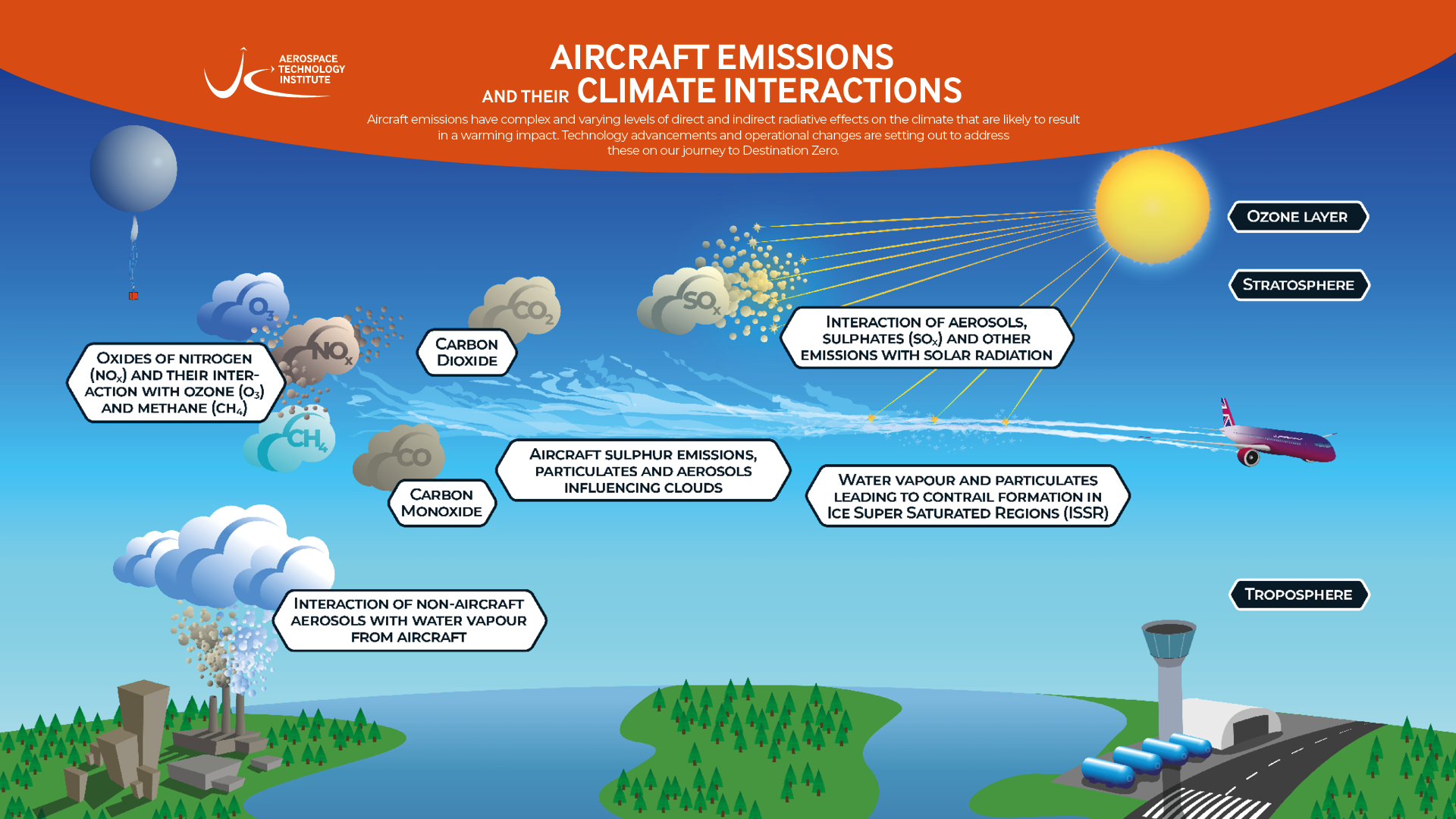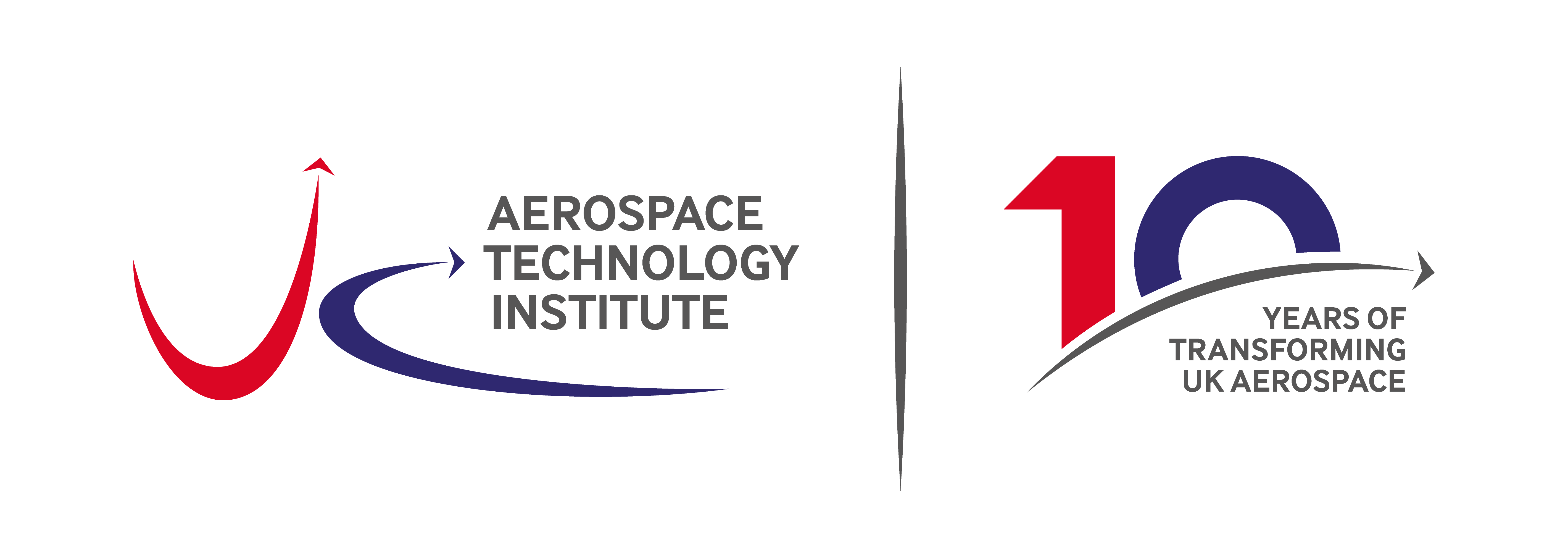How the Non-CO2 Technologies Roadmap can be a ‘North Star’ for UK aerospace

Adam Morton, Head of Technology – Sustainability & Strategy, ATI, discusses the purpose of the new Non-CO2 Technologies Roadmap and the importance of aligning technology development, underpinning fundamental scientific research, and relevant policy.
Last week, the ATI unveiled a first-of-its-kind Non-CO2 Technologies Roadmap alongside a funding programme to be delivered in partnership with Department for Business and Trade (DBT) and Innovate UK (IUK).
The Non-CO2 Technologies Roadmap sets out priority areas to reduce current uncertainty and help accelerate relevant technology solutions. It offers a shared direction of travel or ‘North Star’ for the UK aerospace sector and projects to be funded through a Non-CO2 Programme.
The industry recognises large gaps in climate science as it relates to non-CO2 emissions, with this being a key focus under the fundamental research programme launched in October by Natural Environment Research Council and Department for Transport (DfT).
Current understanding of contrail formation is low even for the kerosene-gas turbine combinations that have been used for decades. Gaps in understanding oxides of nitrogen (NOx) and their climate effects is also an area warranting considerable attention. This is partly because of complex interactions with ozone, methane and stratospheric water vapour.
ATI work on developing the roadmap found strong evidence that by avoiding Ice Supersaturated Regions (ISSRs), flights can help avoid contrail formation. This ‘tactical re-routing’ offers mitigation opportunities but in some cases immature science risks unnecessary extra fuel burn for no gain.
In other cases, the knowledge gap means lost abatement opportunities for the sector. To this end, the Non-CO2 Technologies Roadmap identifies the need for more and better contrail prediction models. At the same time, successful use of these tools will be reliant on improved data, some of which will be collected using novel on-aircraft sensors as well as ground and space-based systems.
Currently, characterisation of NOx emissions mostly happens at sea level and there is a recognised need to better extrapolate this to complex interactions at cruise altitude. The roadmap recognises the importance of better fundamental understanding of contrail and NOx issues so engine designers can optimise design of their products for lowest overall climate impact. At the same time, airframers can more confidently pursue their Net Zero strategies by better understanding impacts beyond carbon.
As the use of sustainable aviation fuels (SAF) increases and the sector advances novel propulsion systems including hydrogen fuel cells and combustion, focused research into their non-CO2 emissions will address gaps in understanding. For instance, uncertainty remains around the genuine particulate characteristics of drop-in SAF and the possible pros and cons of non-drop in fuels lacking aromatics.
Given the necessary time for scaling SAF production and introducing novel propulsion such as all-electric and hydrogen, Jet A will remain an aviation fuel for the foreseeable future. Therefore, the roadmap also calls for work around the aromatic content of fossil-derived Jet A and its role in non-CO2 effects.
The roadmap also builds on the ATI’s FlyZero project which concluded in March 2022. FlyZero identified uncertainty around the significance of extra water vapour released using hydrogen, but with particulates absent in the exhaust gases. For this reason, the roadmap includes for the interaction of aircraft water vapour, with aerosols already in the atmosphere from ground-based activities.
Additionally, the role of lubricating oil also needs to be better understood since a proportion is lost to combustion on each flight. This source potentially replaces fuel-related particulates in the ice-contrail narrative. Finally, recognising that hydrogen is a greenhouse gas in its own right, the roadmap highlights the need for research into fugitive emissions of this gas and how this can be managed.
It is only by investing in the fundamental and applied technology now, with UK industry and academia working together, that we can fully understand and mitigate aviation’s non-CO2 climate impacts. Publication of the Non-CO2 Technologies Roadmap and opening of the multi-million-pound Non-CO2 Programme in May, will dramatically increase the extent to which resulting UK technology supports next generation aircraft operations.
Join Sustainable Skies World Summit at Farnborough International Exhibition & Conference Centre on 15th & 16th May to hear Adam Morton discuss tackling aviation’s non-CO2 emissions on an expert panel. Click here to discover more and register.


